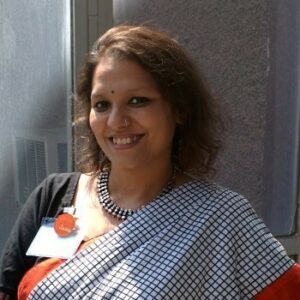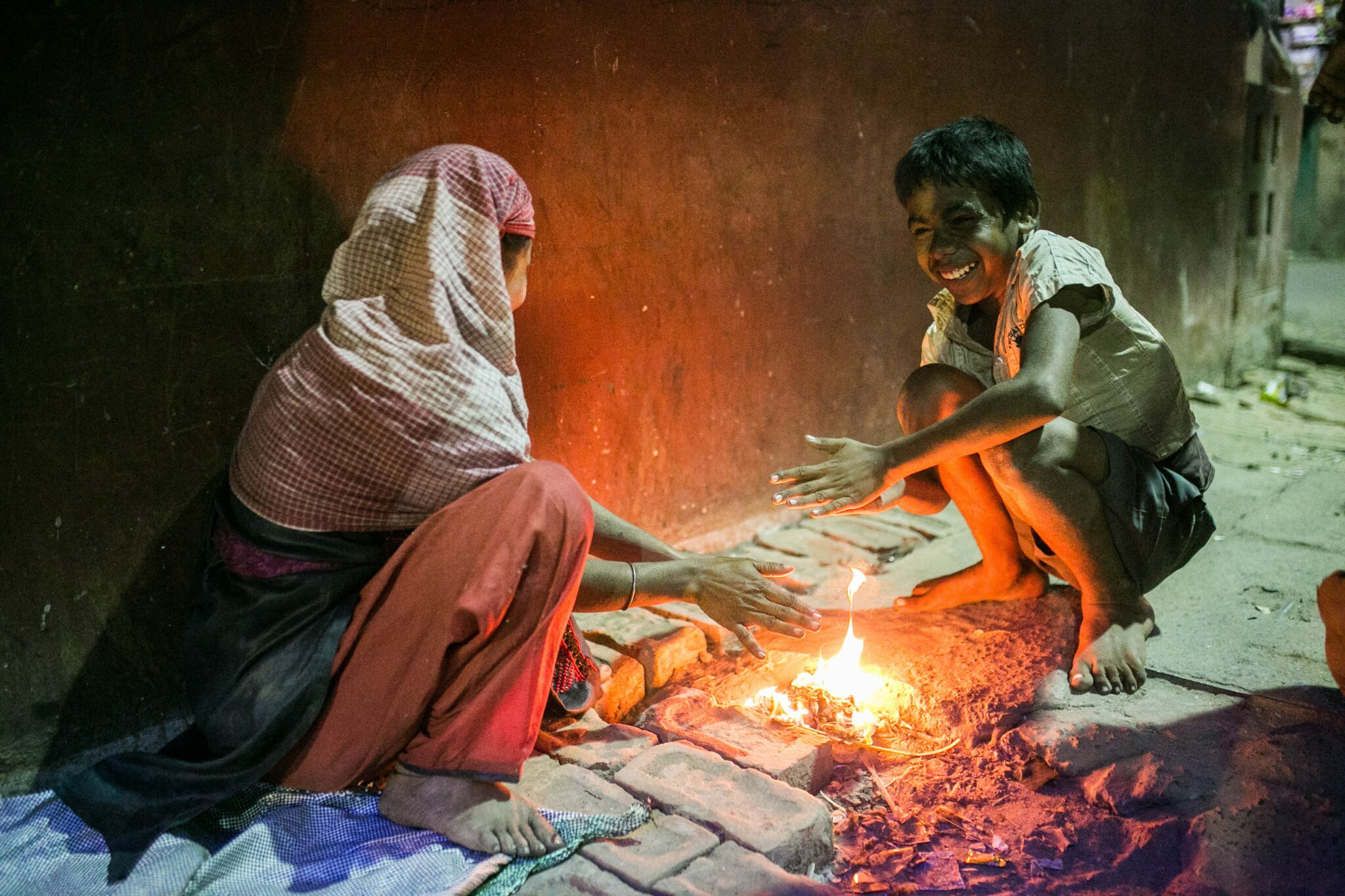Dasra, which means enlightened giving in Sanskrit, has been bridging the gap between non-profits and funders for 21 years now. The organization holds the view that the pandemic has affected the vulnerable groups of our society, which will require long-term planning to revive.
COVID-19 has stirred up entire societies and groups in India’s socio-economic landscape. Still, clearly, some groups are more affected than others. While the pandemic brings in chaos that demands immediate relief, organizations and governments must not miss the long-term view.
In a chat with The Tech Panda, Megha Jain, Associate Director, Strategic Philanthropy, Dasra, highlights how the pandemic has affected various parts of India’s social landscape.

Megha Jain
There is a lot of and much needed focus on immediate relief work, which is crucial, but also what about restoration and resilience? Because like everyone is saying, it’s not just a health pandemic, but also an economic challenge
“What this pandemic has shown is that urban India is more affected than rural India. The pressure on urban India is the highest. Thus the conversations are also about how we can come together as a civil society to fix urban India, because the need there is really high,” she says.
The pandemic has impacted the major GDP contributing states the most, including Maharashtra, Gujarat, Karnataka, and Delhi. Jain, who recently spoke at the Horasis India Meeting, which gathered a varied group from around India and the world to discuss a post-COVID-19 situation, also envisages that long-term relief work has to move alongside immediate respite.
“There is a lot of and much needed focus on immediate relief work, which is crucial, but also what about restoration and resilience? Because like everyone is saying, it’s not just a health pandemic, but also an economic challenge,” says Jain.
Read more: Indian Farmers Need Taobao Like Ecommerce Platform: Interview with Bindu Dalmia
She informs that Dasra is realizing what the long-term view is while enough to more entities are thinking about relief work. In addition, she explains how the vulnerable groups need to be heard and understood.
“The most vulnerable community is affected maximum. But also, unfortunately, they’re kind of the invisible group. And so this group needs to be addressed and understood,” she says.
Restoration and Resilience
The vulnerable groups in need of attention right now include various sub-groups, including migrant workers, sanitation workers, frontline workers, even children and women. Jain points out that this group is quite varied and heterogeneous, so that there is no one solution for all.
The pandemic has exacerbated existing problems some groups are already facing. For example, domestic violence has increased during this time. Childline is reporting maximum number of phones ringing on their help centre, because the perpetrators and victims are both in the house.
Dasra is seeking a deeper understanding of what these groups need, because they all have their own set of challenges.
What this pandemic has shown is that urban India is more affected than rural India. The pressure on urban India is the highest. Thus the conversations are also about how we can come together as a civil society to fix urban India, because the need there is really high
“All of these groups are majorly affected, but again, the intensity with which they have been affected and how they need to be taken care of really varies. So really paying attention to this community is the need of the hour,” says Jain.
Dasra is also aware that abject poverty is going to be the highest ever. Statistics are already saying that 500 million are going to be pushed into abject poverty by 2050. Their repercussions will surely show on the SDG goals that are to be achieved by 2030.
“Dasra is also pivoting it’s work towards addressing some of these issues. Hence, urban equity and urban rights are a big conversation, which includes migrant population and vulnerable children, especially in the 10-19-year age group. Equally importantly is urban resilience,” she says.
Dasra’s COVID-19 Tool Kit
Dasra is working closely with their NGO partners to think about better city planning, to make them resilient enough to not just manage the current pandemic, but looking at being future ready as well.
One of their partners is talking about how to create resilience officers within the government machinery. There are NGOs who have catalytic program interventions to be able to resolve problems. They are also focusing on urban equity and women’s rights.
With the help of their NGO partners, Dasra has built a COVID-19 institutional resilience and impact optimization toolkit for non-profits and funders. The aim is to help non-profits conduct a data-enabled stress test assessment to determine risk-adjusted decisions in advance. Such decisions will help them manage the ongoing crisis and look at re-invention.
We are observing that about 80% of the NGOs have medium to low resiliency on finance. What that means is they need more funding, but at the same time, we need these non-profits to rethink the new normal for them
“It’s almost like looking within and doing a health assessment for your organization that talks about your financial sustainability, your leadership, and your institution. Because right now funding is retrenched,” explains Jain.
Like any other ecosystem, non-profits are also having to lay off teams. Hence, they must take stock of how they are going to function in this environment, and what this means for community work going forward.
“Corona is not going out, it’s only worsening every day. So what does this mean for the last mile approach and how do we repurpose our programs, or do we need to repurpose the programs? What are the challenges that the frontline workers are feeling by not facing the community? These are some of the aspects based on which the tool kit is built,” she says.
55 non-profit organizations are already taking the tool along with funders and foundations with portfolios. Dasra is trying to get insight into the trends this test reveals.
“We are observing that about 80% of the NGOs have medium to low resiliency on finance. What that means is they need more funding, but at the same time, we need these non-profits to rethink the new normal for them,” she says.
Civil Society Can Aid in the Future
Jain points out that in the future, apart from the government, non-profits and civil society can help meet the needs in communities.
“This pandemic has really pushed us to think about how should our ways of working change with non-profits? For example, there’s always been overdependence on the government, but this pandemic has shown us very clearly, that if you have a good sense of what community’s demands and needs are, you can actually service them through the non-profit organizations or the civil society,” she says.
How to provide strategic funding and networks to them, for them to be able to function at their best, because only that effort can enable us to achieve our vision, which is building a transformed India where a billion thrive with equity and dignity
The civil society has a reliable connection with the community, which might just need to be strengthened enough to create an impact, thus ending some dependence on the government.
“We’ve also seen places where the government has depended on these civil societies to help them function more effectively. And so for us the core is, how to support and nurture those non-profits who are creating impact on the ground?”
She adds, “How to provide strategic funding and networks to them, for them to be able to function at their best, because only that effort can enable us to achieve our vision, which is building a transformed India where a billion thrive with equity and dignity.”












